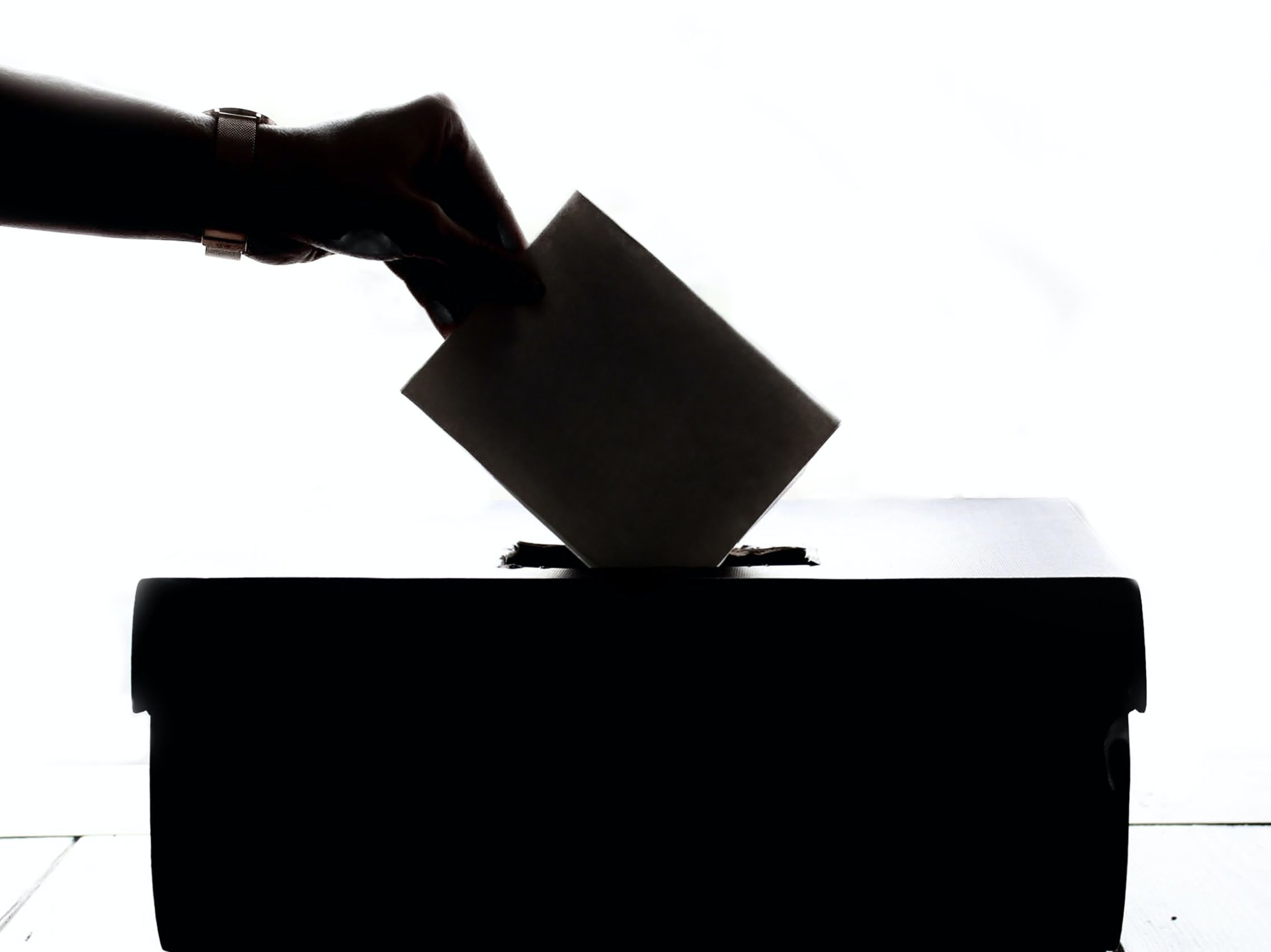11/21/22
Midterm elections have seen lower turnout than presidential elections in the United States since 1840. Despite this, midterms play a crucial role in the fate of local and federal legislation, which is a reality for which a lack of voter attendance does not bode well. Members of congress, governors, and mayors are just a few of the many positions that are decided every election cycle regardless of whether a presidential candidate is on the ballot.
Historically, biennial election turnout is comprised of some voters more than others. Turnout for the midterm elections in the U.S. has a nearly linear correlation between age groups and the number of votes cast. Voters from ages 18 to 24 cast the smallest percentage of midterm votes, while turnout among ages 65 and up has hovered around 60% for the last 40 years. While this phenomenon is not unique to the United States, the U.S. does rank 20th out of 24 countries in youth voter turnout. So, what is the cause of this disparity?
Young voters face disadvantages that their senior counterparts do not. While these disadvantages do influence low voter turnout among young age brackets, the good news is that they also wane over time. Political scientists suggest three main contributing factors to low youth turnout: less time for habit formation, high opportunity cost, and alternative participation. Alternative participation is political engagement outside of the voting booth, and a factor that often accompanies low voter turnout. When young demographics are not casting ballots, their polling-place absence is often complemented by significant participation in protests and occupy movements. However, these 2022 midterm elections have suggested that there may be a way to reconcile alternative participation and low voter engagement: social media.
People between ages 18 and 24 make up 41.7 percent of all TikTok users. In addition to dances, sketches, and life hacks, the platform is also home to many midterm-related videos that accumulated hundreds of millions of views. It may then come as no surprise that the 2022 midterms saw the second-highest youth turnout in 30 years, second only to the 2018 midterms. Political TikTok groups such as Gen-Z for Change have become popular over the last few years. Gen-Z for Change has amassed 1.5 million followers and gives dozens of popular TikTokers a platform to educate and engage followers while promoting media literacy.
On the campaign trail, election candidates recognized the power of social media and employed it in their campaign strategy. Senator-elect John Fetterman (D-PA) hired Gen-Z social media producer Annie Wu for his campaign. In addition to having a hand in Fetterman’s social media accounts, Wu has her own popular presence on TikTok, Instagram, and Twitter. This year, she took to her socials to educate followers and promote election participation from a Gen-Z point of view. This is invaluable information to pass along, yet there is something more nuanced about encouraging Gen-Z to lead these platforms. The message that Fetterman’s team was ultimately getting across was that political involvement and being a 20-something trying to navigate life are not mutually exclusive goals. In fact, what Wu and her counterparts on social media were really conveying was that these goals are symbiotic. Political presence on social media enables voters to educate themselves and get involved in a way that encourages them to exist as they are.
Social media may have its pitfalls, but the 1 in 8 voters under 30 in the 2022 midterms speak to its potential. The midterm results confirm that, with social media as a springboard, Gen-Z has taken their seat at the political table.

